Nowadays there are many wood types in the world. We tried to distinguish a list of the most expensive wood for furniture which has different features and characteristics. There are many variants of wood you can find but we propose to learn just 5 of them.
These types of wood have big costs thanks to its exclusive properties and use. Besides, most this wood is rare. So, customers have to pay a high price even for single piece of this most expensive wood for furniture. This material is used for woodwork and furniture making industry. Some types of wood have medicated use so they are expensive as well. Next we have a list of five dearest furniture woods from the whole world.
What Is the Most Expensive Wood for Furniture?
- Bocote: is a plant from borage family. It is a blooming plant, consists of over 300 variants of bushes and trees on the globe. You can find Bocote in warm climate regions. It refers to several Central American regions, and listed among our top 5 most costly wood all over the world. It also has a wide range of using: a lot of its family kinds are popular for fragrance because Bocote is very aromatic most expensive wood for furniture. Some of them are often used to food preparing because it is edible fruits. Also it can be good for making glue. But the most popular area of using is making furniture, decorative and musical instruments.
- Bubinga: is a blooming plant – the family Fabaceae. This plant is one of the most expensive and valuable kind of most expensive wood for furniture and increase in the African areas. You can use most expensive wood for furniture – for making luthiers for harps or other musical instruments. Also the popular using Bubinga for making high-end furniture, by modern Arts and Crafts. This popularity came thanks to various grain patterns. Bubinga has 16 species with different properties and qualities. Nowadays people are going to be polishing out some beautiful waterfall bubinga furniture, and the finish on here has been layed up and it is not polished out yet. Some expensive wooden furniture is incredibly glossy, but after polishing it out with the various abrasives and the liquid polishes, for example it’s going to look like a pool of water. It’s gonna look like glass. So, if you’re planning on doing a surface, the actual preparation is quite complicated. An open grain wood had to be grain filled and then sealed and then for example multiple coats of a lacquer were sprayed on some board and then you set it aside for at least a month to cure because if you don’t wait long enough the finish is too soft to polish out. Its like polishing Jello, it just doesn’t work. So board with this expensive wood for furniture has been laid up and set aside for at least a month if not more and you’re now ready to start polishing.
And the very first process is flattening this finish. And you’re going in use 1000 grit film disc with a lubricant and favorite lubricant is mineral spirits and mineral oil, fifty-fifty. And this can all be done with a random orbit sander. So very first step in acquiring what is known as a piano finish or a high gloss finish. Now if you’ve never done wet sanding expensive furniture wood, its a really good idea to stop and check your progress. The last thing you want to do is burn through the finish. So immediately after just a few minutes, just to get the hang of it, dry off all that slurry and start taking a look.
Dull areas is where the finish is actually been sanded down. And it’s dull. And clue to when it’s enough is that when there are no shiny spots left that means that everything has been flattened. You’ve got a long ways to go here. You’ve got all kinds of shiny areas all through here. So whole expensive wooden furniture has to get flattened first with 1000 grit and this is what you’ll be doing as the initial step. And then after that you’ll go into 1500 grit and then 2000, 3000, 4000, and then into the liquid compounds. So you can see that it’s a very time-consuming effort, but the work is more than worth the rewards because this is going to be an incredible most expensive wood furniture.
Begin sanding and keep the machine moving. Do not bare down on the sander. Let it float and keep the surface wet at all times. The initial flattening with 1000 grit on such a large surface will take one to two hours. Wipe the slurry off with a clean soft rag and check your work frequently. When complete the surface of luxury wood types will be visably dull. Now the abrasive can be switched up to 1500 grit and the process of wet sanding repeated. The only visible difference between the previous appearance of the 1000 grit and the current 1500 grit is a more consistent dullness. The process of flattening is completed with the fifteen hundred grit and you move on to the initial first step in polishing with the 2000 grit cushioned abrasive pad.
Use pad with the same lubricant. By the way, stopping at 2000 grit achieves an incredible satin finish, but you are going for a high gloss sheen. Wipe off all of the 2000 grit slurry and switch to the 3000 grit abrasive pad. You’ll notice that with the 3000 the surface is becoming more and more glossy. Wipe off all of the 3000 grit slurry and progress to the 4000 grit pad. All of this is still being done with the same lubricant. Dry off the 4000 grit slurry. Examine the surface and look for any areas that might have an inconsistent sheen. Re-sand with the 4000 if there are any problem spots.
The liquid polishing begins with the red foam pad, G2 intensive polish and swirl remover, and a six-inch random orbit sander. Wear an apron and protect the surrounding area from compound that will be slinging from the pad. Spritz the foam pad with water and then apply the intensive polish. Move it around with the sander off. Then turn the sander on and move slowly across the surface. Traverse an area until the compound starts to dry. Continue for another pass or two and then polish off with a clean rag. Move onto the next area until the entire surface is completed. Continue the polishing with the G2 final gloss and a black foam pad. Polish in the same manner as the previous liquid. Dry off with clean dry rags, examine the surface for any swirl marks. Chase swirls by hand with a small amount of final gloss on a rag and polish them out. Now stand back and look at yourself in high gloss mirror of stunning waterfall bubinga.
- Dalbergia: is one the most high-priced wood and belong to the family Fabaceae. These trees could be small or medium-size. You can use most expensive wood for furniture in any area; it is mostly appreciated for decorative and perfumed qualities. Dalbergia is filled with aromatic oils, the most famous its specie is rosewood. This tree is very popular for making upscale furniture, plywood, sporting goods, bridge piles, railway sleepers, or woodwind musical instruments. As to the last, intensely black wood is used frequently.
- Purple Heart: is from tropical areas of Central and South America. This plant has 13 different species which are grown in the tropical forests of Suriname, Brazil, and Guyana. Medium-sized and large trees are the most expensive wood for furniture all over the world because of its immensely dense and water-resistance. These qualities also make Purple Heart hardest and stiffest forest in the world. Other names of this material are amaranth and violet wood. It is recommended to use carbide blades to work with because it becomes rich purple color very quickly when you begin to cut it.
- Lignum Vitae: is well known thanks to the Caribbean and the northern coast of South America. Here are trees of the sort Guaiacum are grown. This territory is a major export harvest to Europe since 1500 years. Lignum Vitae are very strong, tough and solid – this all make this kind of wood one of the most expensive in the world. Lignum Vitae are a national plant of the Bahamas and the Jamaica. And on its native land it has also a high price because of its heavy export.Vitae tree is a native tree to the Florida Keys. It grows throughout Florida into the West Indies in the Caribbean islands, in Mexico and into Central America. This tree is an evergreen. That means that it doesn’t lose its leaves, it stays green year-round. And it can be identified by looking at the leaves and the leaf shape. They have one to two inch long green leathery leaves as you can see here. They grow in an opposite to sub-opposite pattern or arrangement. They’re also easily identified by their beautiful flowers. If you recognize it, it’s because it’s actually the logo of the Key West Tropical Forest and Botanical Garden!
So the flowers will bloom year-round but they mostly bloom in the springtime. They grow in clusters and are small bluish-purple flowers with yellow insides. Their job is to attract the bees and the butterflies that help to pollinate these flowers. Once the flower is done blooming a berry will grow in its place. They have yellow to orange berries that have five capsules that enclose the seeds. Whenever the capsules open up inside you’ll see a bright red seed, and that’s the inside of that so those are spread by birds that might eat the berries and then later poop it out spread the seeds and have another tree grow.
Something really cool about this plant, something really special about it is it’s wood, actually. They have this between black to kind of a light gray or cream creamy white colored bark that when it gets older that they will develop these patches. This is natural this tree isn’t diseased or anything like that. But this expensive furniture wood is extremely thick and dense and super heavy, so if you were to put this wood into water it would actually sink which is different than most woods. For that reason it’s been used a lot in propeller shafts and also even bowling balls. People used to make bowling balls out of Lignum Vitae wood because it’s so heavy. The wood is extremely valuable and because of this it’s been over harvested. It’s also been over harvested because of its medicinal properties, so this tree helped aid people who had syphilis, who had lyme disease, who’ve had arthritis, the common cough and even some skin conditions. It’s been over harvested for all of those reasons and currently it’s actually listed as endangered.
These trees are more and more rare to see and hope that they eventually spread and are a common sight because they’re so beautiful. They can grow up to 30 feet tall usually however they’re going to stop at around 8 to 12 feet with the same spread, so their spread will be eight to twelve feet as well. They are able to thrive in these tropical caribbean conditions because they’re extremely tolerant to drought, to salt, to alkaline soils and to sandy soils which are all important characteristics of living down here in Florida Keys and throughout the Caribbean islands.
Some names for this tree, so they’re called the Hollywood tree, of course the Lignum Vitae is the most common name that you’ll hear. The Hollywood tree and then also the Tree or the Wood of Life. And those names come from of course all of the medicinal properties that this tree has. Because of the super hard wood, the super dense hardwood that it has it’s resistant to a lot of funguses and also termites or any other kind of pests that might try to burrow into the costliest wood for furniture.
And then some fun facts about this tree, it’s actually the national tree of the Bahamas and the national flower of Jamaica on top of being the logo of the Key West Tropical Forest and Botanical Garden.
We can call all these trees most expensive wood for furniture because of their qualities. The manufacturers create very beautiful and exciting sofas, beds, wardrobes, chairs and even outdoor furniture. The great minus is only their high price.
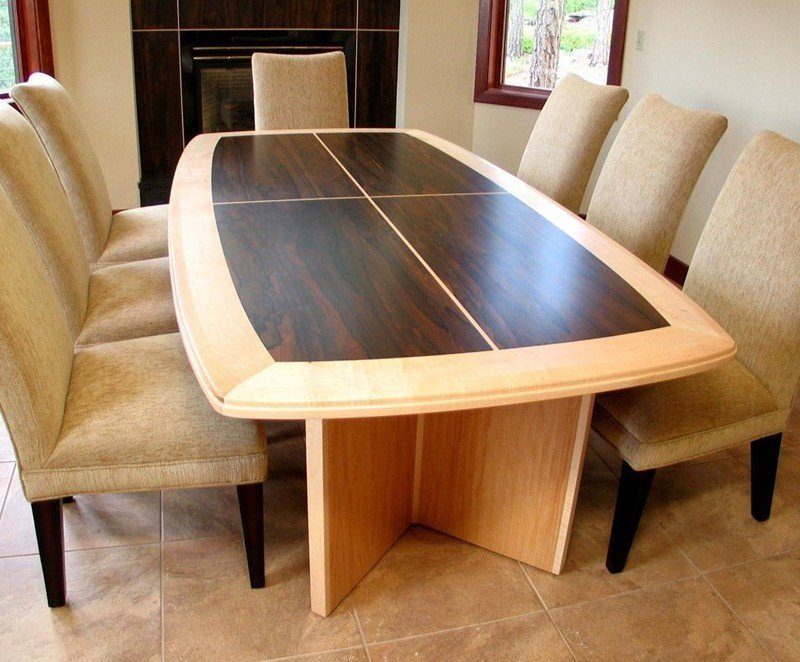
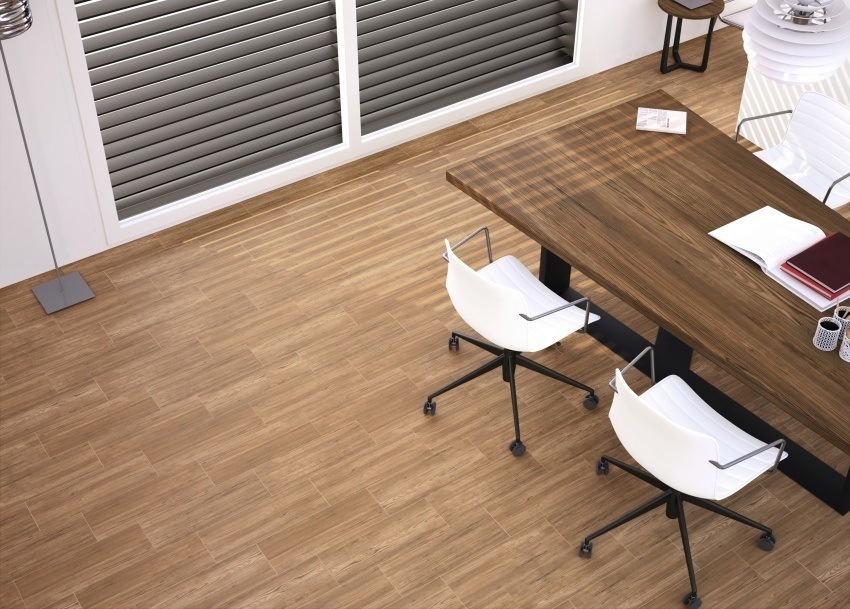
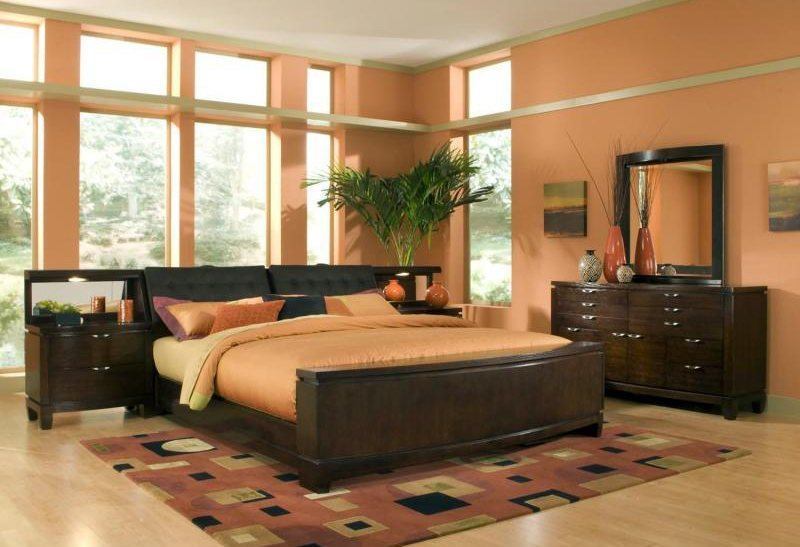
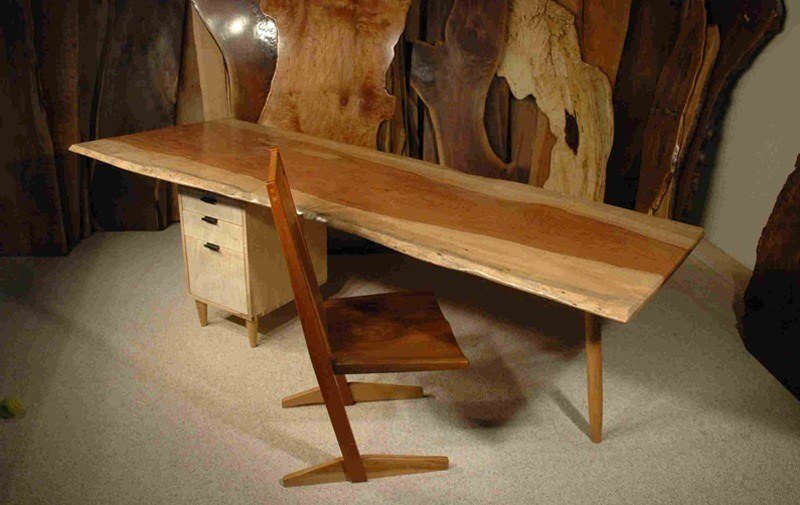
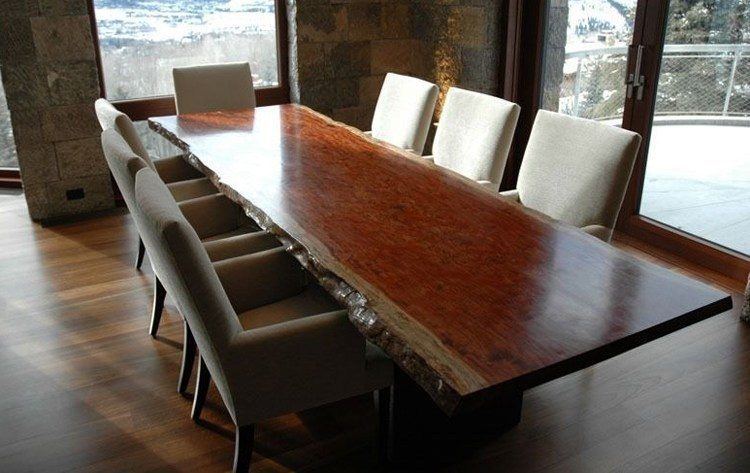
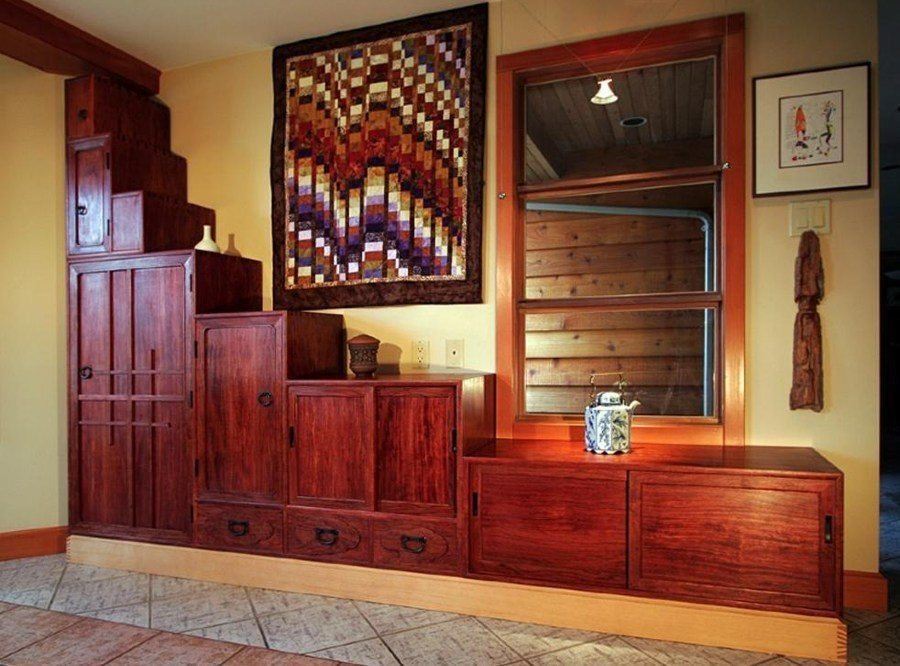
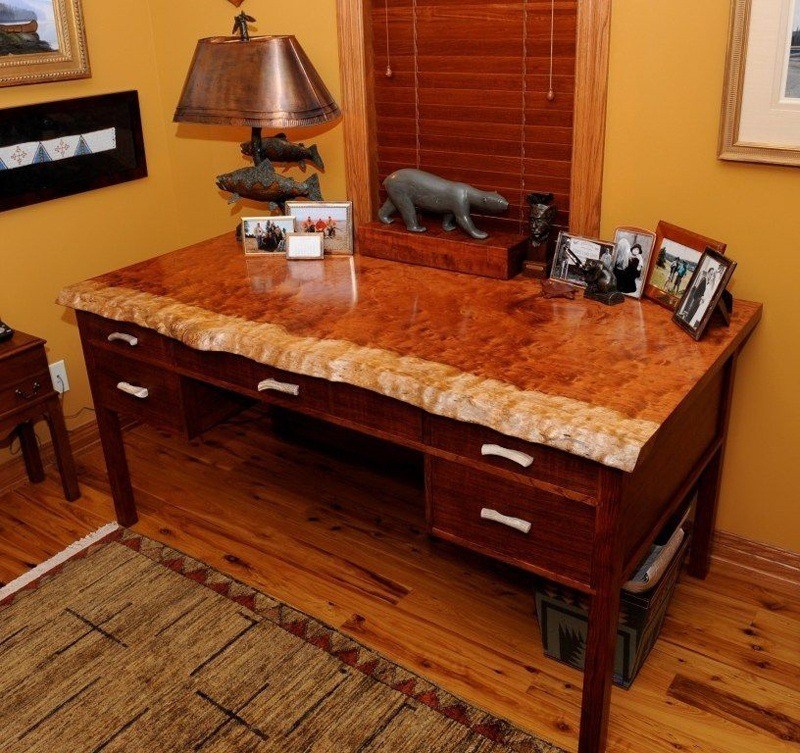
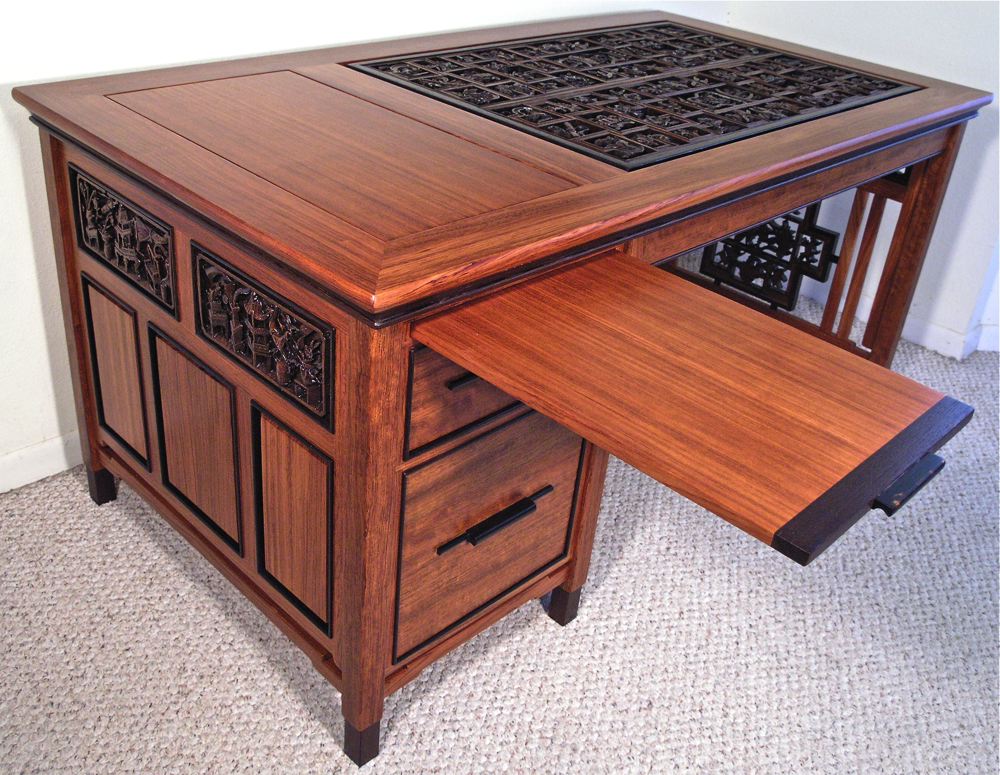
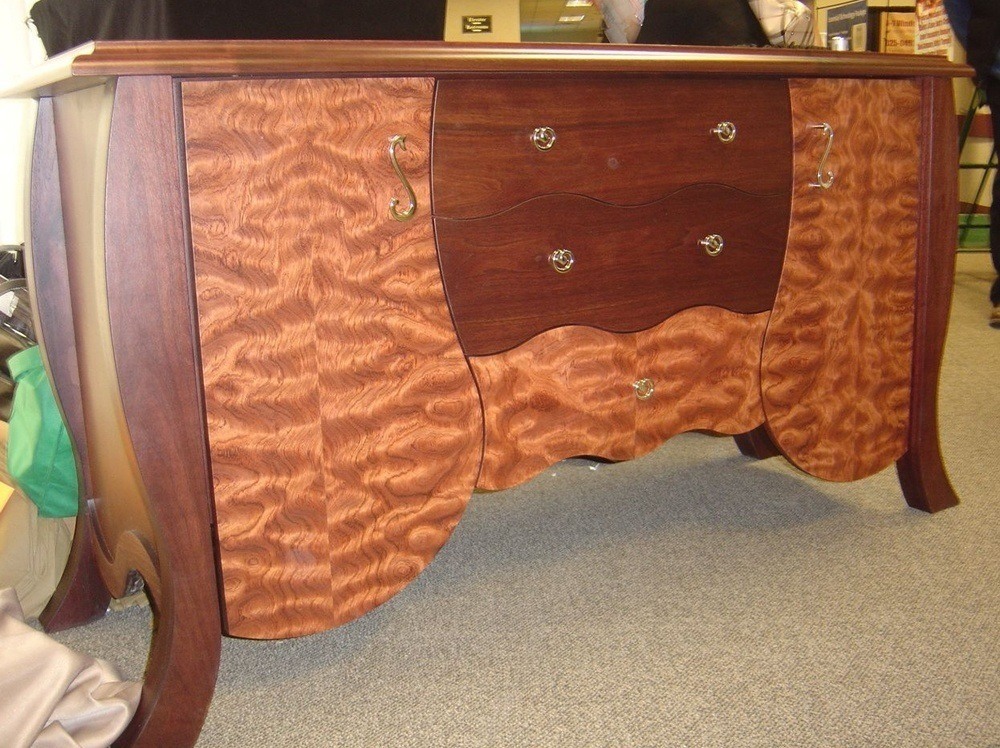
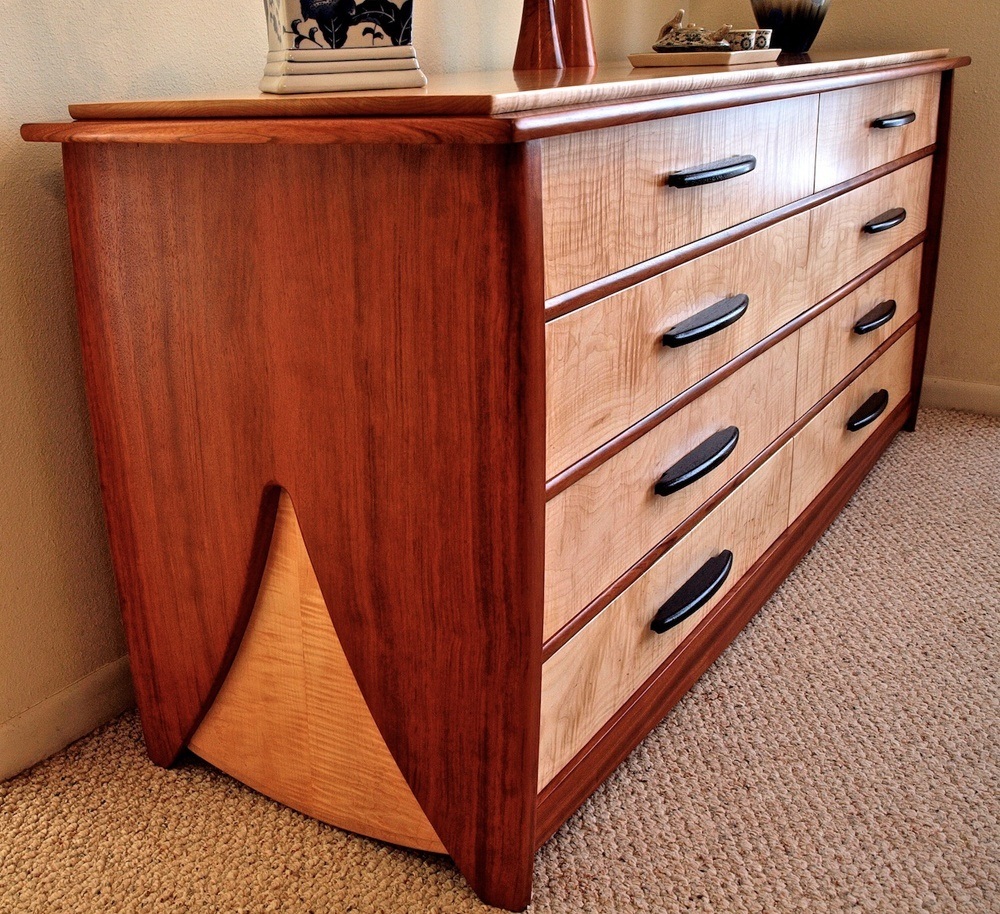
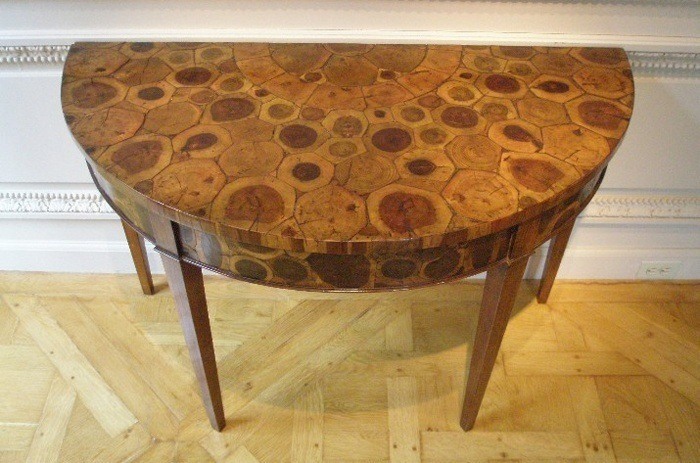
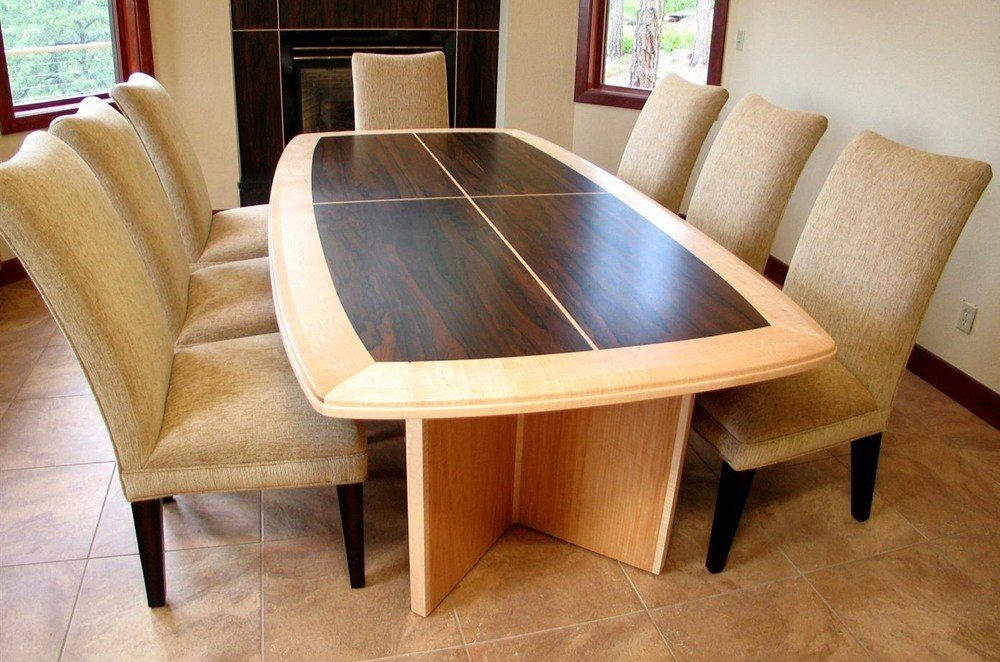

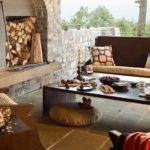



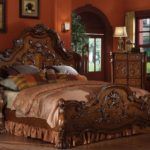
No Comments